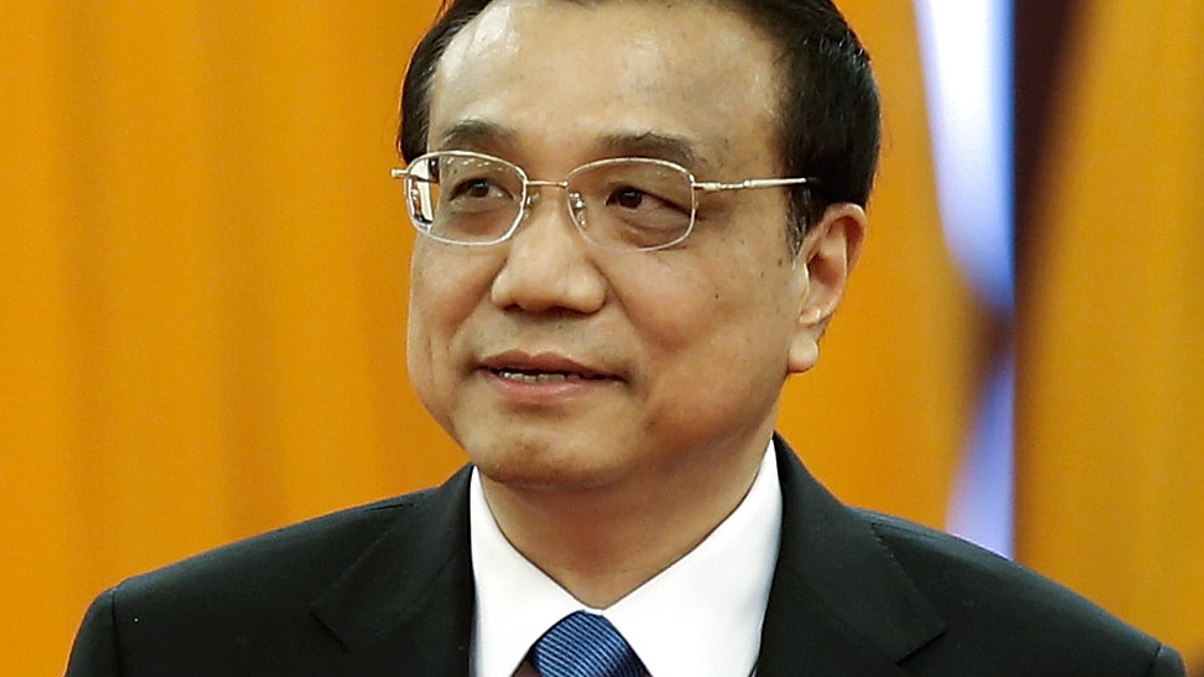QDII 2 unveiled in landmark China opening
A scheme to link the Hong Kong and Shanghai exchanges and allow institutions and wealthy individuals to trade cross-border is broadly welcomed. The launch is expected in six months, potentially alongside mutual recognition of funds.

Investors have welcomed a landmark pilot scheme set to link the stock exchanges of Shanghai and Hong Kong to enable institutions and wealthy individuals to trade cross-border via local brokerages.
Sign In to Your Account
Access Exclusive AsianInvestor Content!
Please sign in to your subscription to unlock full access to our premium AI resources.
Free Registration & 7-Day Trial
Register now to enjoy a 7-day free trial—no registration fees required. Click the link to get started.
Note: This free trial is a one-time offer.
¬ Haymarket Media Limited. All rights reserved.


